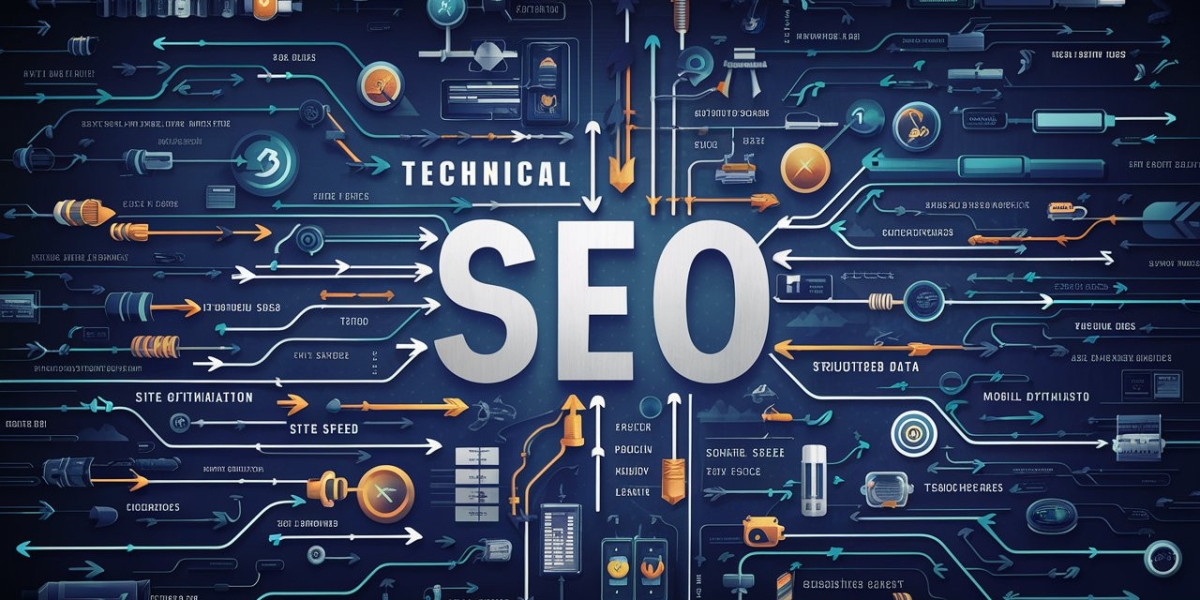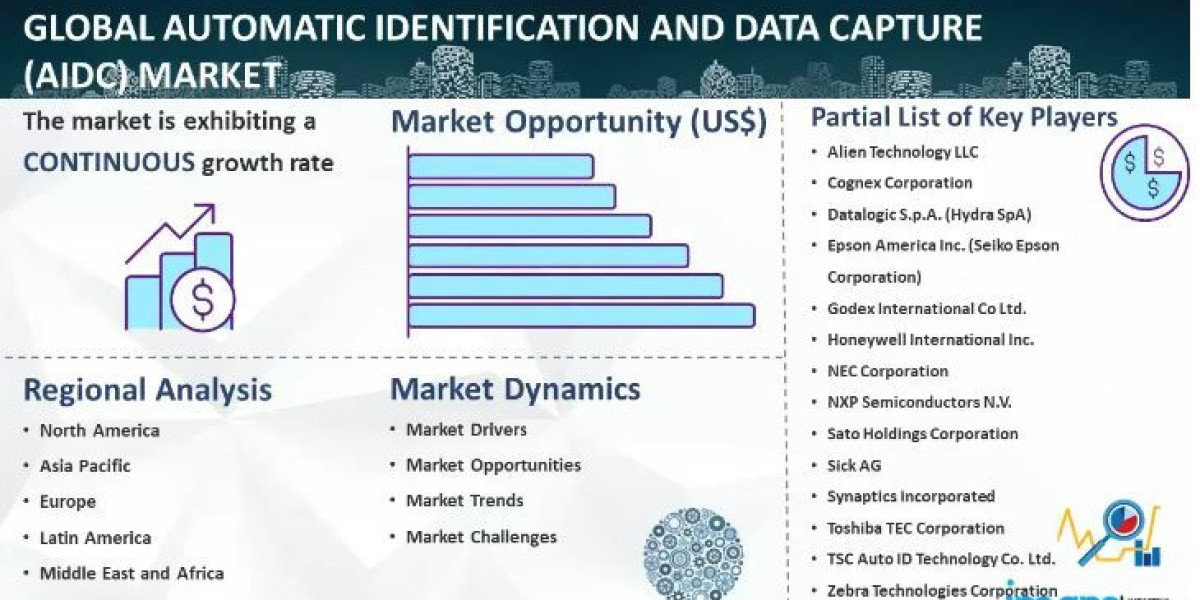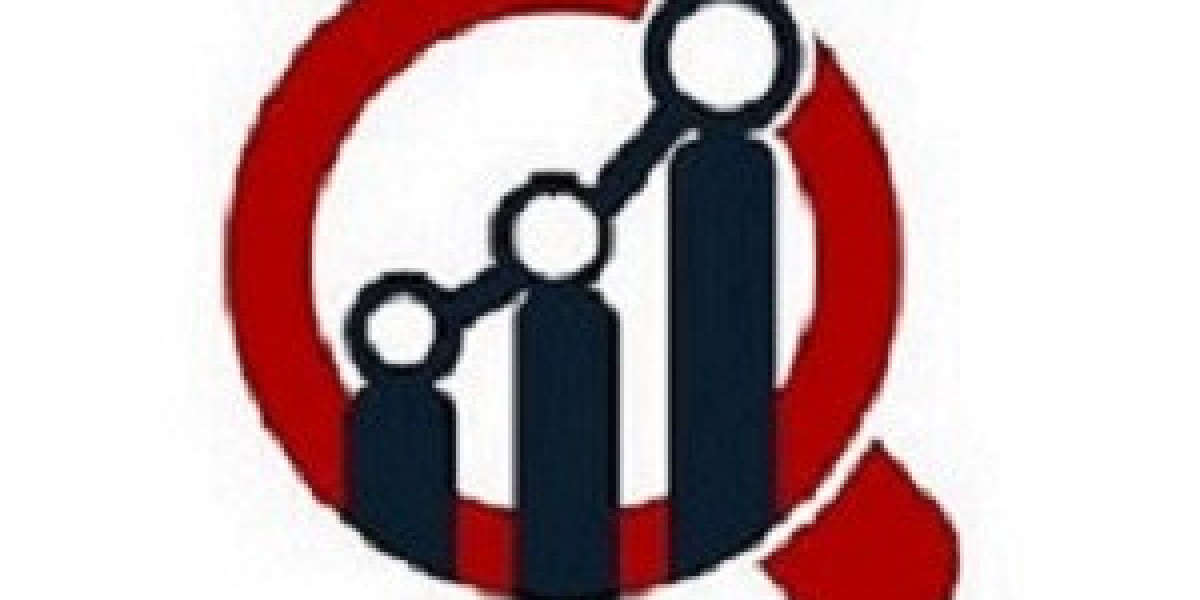In the rapidly evolving digital landscape, search engine optimization (SEO) has become a critical component of online success. In Pakistan, where internet penetration and digital adoption are on the rise, businesses and individuals are increasingly recognizing the importance of SEO to enhance their online presence. Among the various facets of SEO, on-page SEO stands out as a fundamental element that directly impacts a website's search engine ranking. This article delves into the intricacies of on-page SEO in Pakistan, providing insights, strategies, and best practices tailored to the local context.
Understanding On-Page SEO
On-page SEO refers to the optimization of individual web pages to improve their search engine rankings and attract organic traffic. This involves optimizing both the content and HTML source code of a page. Key elements of on-page SEO include content quality, keyword optimization, meta tags, header tags, image optimization, internal linking, and user experience.
The Importance of On-Page SEO in Pakistan
In Pakistan, the digital marketplace is becoming increasingly competitive. With more businesses going online, the need to stand out in search engine results pages (SERPs) is more critical than ever. Effective on-page SEO helps websites achieve higher visibility, attract targeted traffic, and ultimately drive conversions. Given the diverse linguistic and cultural landscape of Pakistan, on-page SEO also involves localizing content to resonate with the local audience.
Keyword Research and Optimization
Keyword Research: The foundation of successful on-page SEO is thorough keyword research. In Pakistan, this involves understanding the search behavior of the local audience. Tools like Google Keyword Planner, Ahrefs, and SEMrush can help identify relevant keywords with high search volumes and low competition. It is crucial to consider regional languages such as Urdu, Punjabi, Sindhi, and Pashto when conducting keyword research to cater to a broader audience.
Keyword Optimization: Once the keywords are identified, they should be strategically placed in various elements of the web page, including:
- Title Tags: The title tag should be compelling and include the primary keyword. It is the first thing users see in the SERPs, so it should be attractive and informative.
- Meta Descriptions: Although not a direct ranking factor, a well-written meta description can improve click-through rates. It should include the primary keyword and provide a concise summary of the page content.
- Headings (H1, H2, H3): Headings should be used to structure the content and include relevant keywords. The H1 tag should contain the primary keyword, while H2 and H3 tags can include secondary and related keywords.
- Content: The content should be high-quality, informative, and engaging. Keywords should be naturally integrated into the content, maintaining a keyword density of around 1-2%. Avoid keyword stuffing, as it can lead to penalties from search engines.
Content Quality and Relevance
Content is king in the world of SEO. For Pakistani websites, creating content that resonates with the local audience is essential. This involves:
- Understanding the Audience: Conducting audience research to understand the preferences, interests, and pain points of the target audience in Pakistan.
- Localizing Content: Adapting the content to reflect local culture, language, and trends. This can involve using local idioms, references, and examples.
- Providing Value: Creating content that is informative, educational, and addresses the needs of the audience. This can include blog posts, articles, infographics, videos, and other forms of content.
Meta Tags Optimization
Meta tags play a significant role in on-page SEO. They provide search engines with information about the content of a web page. Key meta tags to optimize include:
- Title Tag: As mentioned earlier, the title tag should be compelling and include the primary keyword.
- Meta Description: A well-crafted meta description can improve click-through rates. It should be concise, include the primary keyword, and provide a summary of the page content.
- Meta Keywords: Although not a significant ranking factor, it can still be beneficial to include a few relevant keywords in the meta keywords tag.
Header Tags and Content Structure
Properly structured content enhances readability and SEO. Header tags (H1, H2, H3) are used to organize content into sections and subsections. This not only helps search engines understand the hierarchy of the content but also improves user experience. Key points to consider include:
- H1 Tag: The H1 tag should include the primary keyword and provide a clear indication of the content's main topic.
- H2 and H3 Tags: These should be used to break down the content into logical sections and subsections. They can include secondary and related keywords to improve keyword relevance.
Image Optimization
Images play a vital role in enhancing the visual appeal of a web page. However, they can also impact page load speed if not optimized properly. Key image optimization techniques include:
- Alt Text: Including descriptive alt text for images helps search engines understand the content of the images. It also improves accessibility for users with visual impairments.
- File Size: Compressing images to reduce file size without compromising quality can improve page load speed.
- File Name: Using descriptive file names that include relevant keywords can enhance image SEO.
Internal Linking
Internal linking involves linking to other pages within the same website. This helps search engines understand the site's structure and the relationship between different pages. It also improves user navigation and encourages visitors to explore more content. Best practices for internal linking include:
- Using Descriptive Anchor Text: The anchor text should be relevant and descriptive, providing users and search engines with context about the linked page.
- Linking to Relevant Pages: Links should be relevant and add value to the content. Avoid excessive linking, as it can dilute the effectiveness of the links.
User Experience (UX)
User experience is a critical factor in on-page SEO. A positive user experience can lead to longer dwell times, lower bounce rates, and higher engagement. Key aspects of UX to consider include:
- Page Load Speed: Ensuring fast page load times is essential for retaining visitors and improving SEO. Tools like Google PageSpeed Insights can help identify and fix performance issues.
- Mobile-Friendliness: With the increasing use of mobile devices in Pakistan, ensuring that websites are mobile-friendly is crucial. Responsive design and mobile optimization are key components of a positive mobile experience.
- Navigation: A clear and intuitive navigation structure helps users find information easily and enhances their overall experience.
Conclusion
On-page SEO is a vital component of a successful digital strategy in Pakistan. By focusing on keyword research and optimization, content quality, meta tags, header tags, image optimization, internal linking, and user experience, businesses can improve their search engine rankings and attract more targeted traffic. As the digital landscape continues to evolve, staying updated with the latest SEO trends and best practices is essential for maintaining a competitive edge. In Pakistan's growing digital market, effective on-page SEO can be the key to online success.








